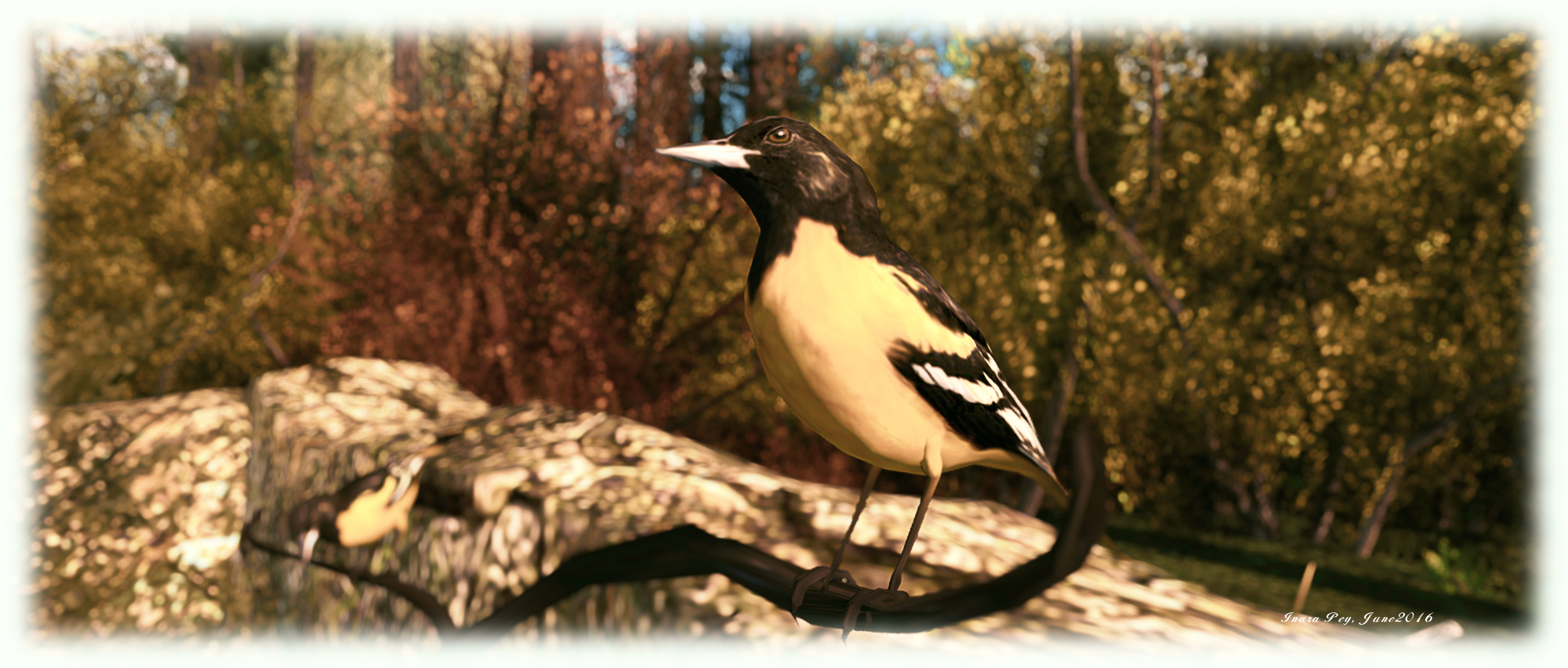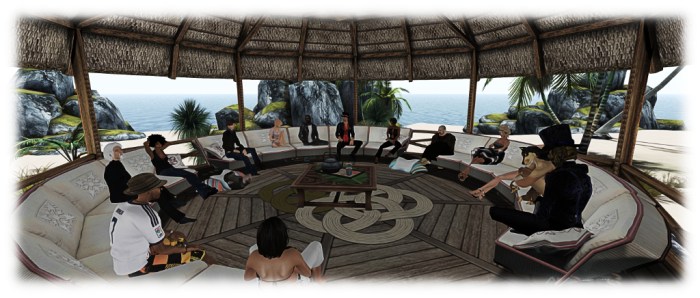 Countryside, Habitat Springs – click any image for full size
Countryside, Habitat Springs – click any image for full size
In November 2014 I wrote about a Mainland location called The Back 40, designed by Dicky (Dick Spad). At the time, I was enchanted by that discovery; so you can imagine my absolute delight in discovering Dicky has a full region as well, also open to the public (aside from the corner where he has his private residence).
Countryside is every bit as enchanting as The Back 40, offering a fabulous outdoors environment which can be enjoyed through solo exploration or – more ideally – in the company of a friend / someone close to you.
Surrounded by a rolling landscape created by the use of region surrounds, it’s hard to tell where the region ends and “beyond” begins, which helps give this region a feeling of being far bigger than the 256 metres on a side we’re allowed. Largely flat, the land is naturally divided into a series of areas by the river flowing through the region and the use of broad greenswards, very strongly suggestive of fire breaks to be found in heavy areas prone to forest fires.
From the landing point in the south-east corner of the region, one can strike out north or west, the greenswards offering a choice of routes through the groupings of trees. Head north, and you’ll pass woods and meadow, a fire watch tower and reach grasslands stretching up to the river, on the other side of which sits Dicky’s private residence.
Head west from the landing point and you’ll again come to the head of the river: a large pool of water fed by a waterfall, where bears fish and beavers are constructing a lodge. Cross the river via with little wooden bridge, and the landscape gradually changes, edging away from the open wilds to a more rural environment with neatly laid crops, fenced fields and meadows, and a small farm fed by a dirt track, the sidings of a railway spur close by.
It is, in a word, quite beautiful. And that’s really just the start; it’s possible to wander for what seems miles around the region and still come across something new – be it more wildlife, another little snuggle place or a further vantage point ideal for photographs. Do keep an eye out for Morgan Garret’s marvellous little birds, which I also blogged about far back in the mists of time – or December 2013, to be exact. We have a number of them scattered around the island home, and they really are quite fantastic and life-like.
Back in November 2014 I noted how Dicky’s work at The Back 40 demonstrates you don’t necessarily need a full-sized regions to create something memorable. With Countryside, it is fair to say that Dicky shows us just what can be done when you do have a full-sized region at your disposal, and are prepared to put the time into developing it and its surroundings.
I’ve visited many regions over the years I’ve been exploring Second Life, and all of them have been fabulous in their own unique ways; but I don’t think I’ve been to a region that is quite so natural-looking and well-blended as Countryside.
Very highly recommended – and you can still visit The Back 40 as well!
SLurl Details
- Countryside, Habitat Springs (Rated: Adult)







